- 11 Historic Wildfires That Changed Fire Management Data Reveals - October 4, 2025
- The 1883 Krakatoa Event And Its Global Weather Effects Records Show - October 2, 2025
- How Scientists Use Climate Models To Forecast The Future - October 2, 2025
Stories of Farmers vs. Drought
The Rainwater Harvester: Reviving a Village in India

In the heart of Maharashtra, India, a visionary farmer named Popatrao Pawar sparked a transformation that revived his drought-stricken village. Faced with continuous dry spells stretching over years, Pawar led an initiative that brought hope where there was despair. The strategy was simple yet innovative: introducing rainwater harvesting systems and constructing check dams. This endeavor tapped into the scarce rainfall, allowing the trapped water to recharge the groundwater reserves. Fields that were once barren and dusty began to blossom with life, turning into lush green landscapes. This transformation ensured not only water security but also food security for the entire community. Pawar’s work stands as a testament to the power of determination and innovation in addressing environmental challenges.
Drip Irrigation Revolution in Israel

Faced with a formidable water crisis, Israeli farmers embarked on an agricultural revolution that has since inspired the world. Amid one of the most severe droughts, they pioneered a brilliant solution: drip irrigation. This efficient system conserves water by delivering it directly to the root zones of crops, minimizing evaporation and run-off. What once seemed improbable became reality as vast desert areas began to transform into fertile agricultural zones. The success of this initiative rippled across the globe, encouraging other regions to embrace similar techniques. It wasn’t merely about survival; it was about thriving in the face of adversities. Today, the drip irrigation model continues to stand as a beacon of innovation, showcasing how technology can surmount even the toughest geological challenges.
From Dust to Forest: The “Green Wall” of Africa
In Africa’s Sahel region, farmers are not just battling the relentless encroachment of the desert—they’re engineering a counteroffensive with nature’s own tools. Led by local farmers, the Great Green Wall Initiative is an ambitious effort aimed at combatting desertification. By planting trees and integrating agroforestry practices, these farmers are creating a formidable belt of vegetation that acts as a buffer against the advancing desert sands. This green horizon stretches across countries, bringing renewed hope to communities and restoring degraded lands. The initiative harnesses both traditional wisdom and modern techniques, proving that community-led efforts can build a resilient frontline against environmental adversity. It stands as a testament to the power of collective action and the hope of a greener future.
Australian Farmer’s No-Till Farming Success
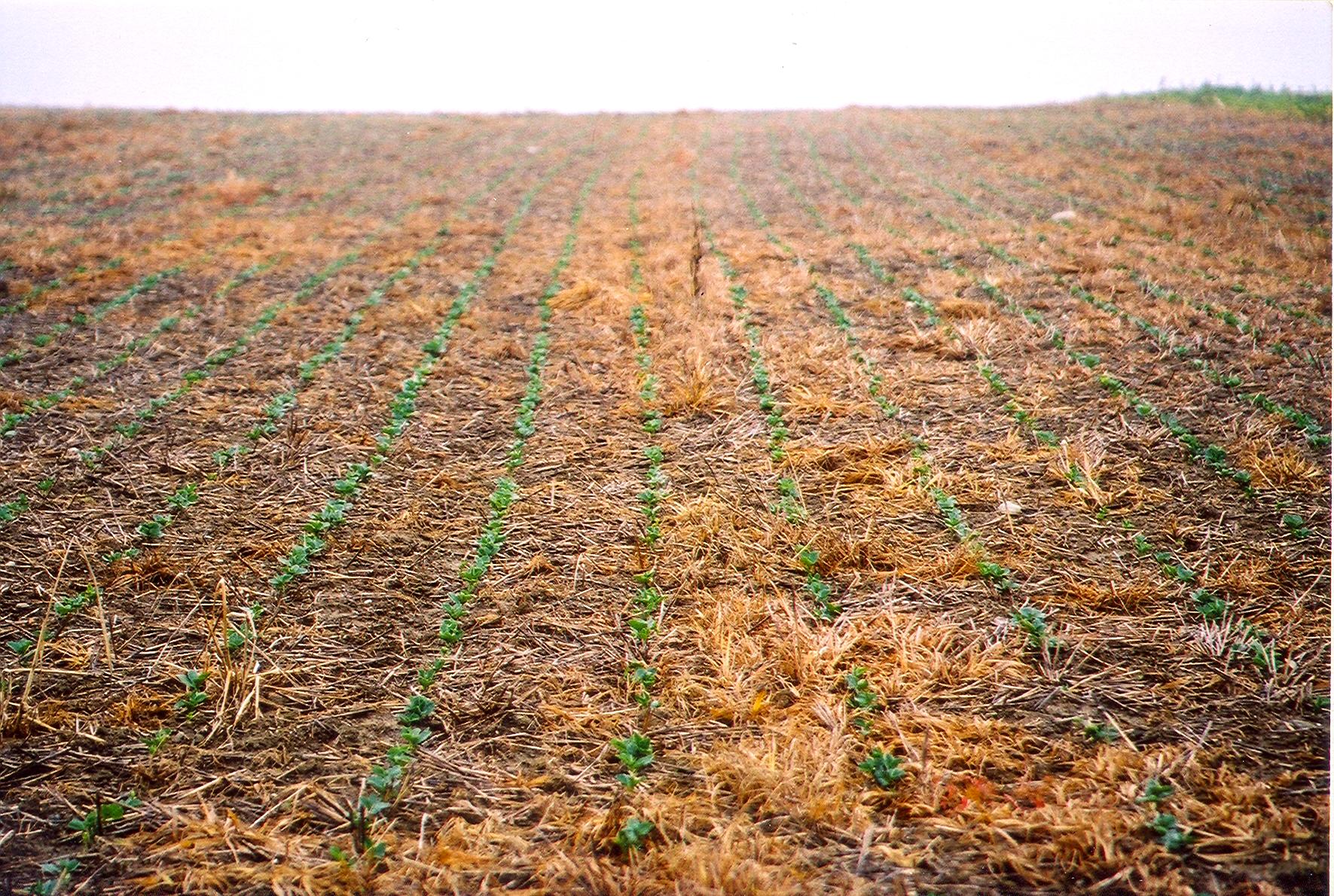
In the face of devastating droughts, Australian farmer Colin Seis developed a breakthrough approach: no-till farming combined with pasture cropping. This method, which prioritizes soil health by minimizing disturbance, effectively combats water loss and boosts crop yield. Seis’s innovative technique doesn’t just preserve moisture; it rejuvenates the soil, making it more resilient and fertile. By leaving the land largely undisturbed, he found a way to harvest nature’s bounty without wreaking havoc on the environment. His success has inspired countless farmers to adopt similar practices, proving that sustainable methods can yield more productive results. The story of Seis is not just one of ingenuity, but a testament to how embracing nature’s rhythms can bring about lasting agricultural prosperity.
The Power of Zai Pits in Burkina Faso
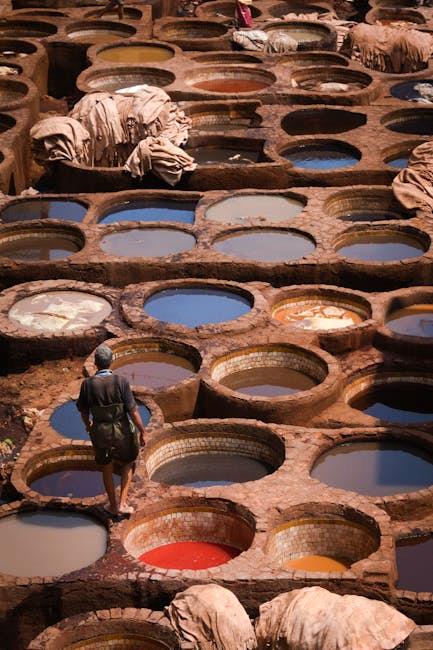
Yacouba Sawadogo, a farmer in Burkina Faso, harnessed ancient wisdom to bring life back to barren lands through the practice of Zai pits. These small, strategically dug holes capture rainwater and enrich it with organic compost, making it an ideal environment for planting seeds. Against the odds, Sawadogo’s method rejuvenated exhausted soils, turning them into productive fields. His dedication and results earned him global recognition as “The Man Who Stopped the Desert.” Through this simple yet powerful approach, farmers have discovered that age-old techniques can lead to sustainable agricultural success, reinforcing the value of traditional knowledge in modern-day challenges. Sawadogo’s triumphant innovation shows the world that sometimes, the best solution lies in the past.
California’s Urban-Farm Collaboration
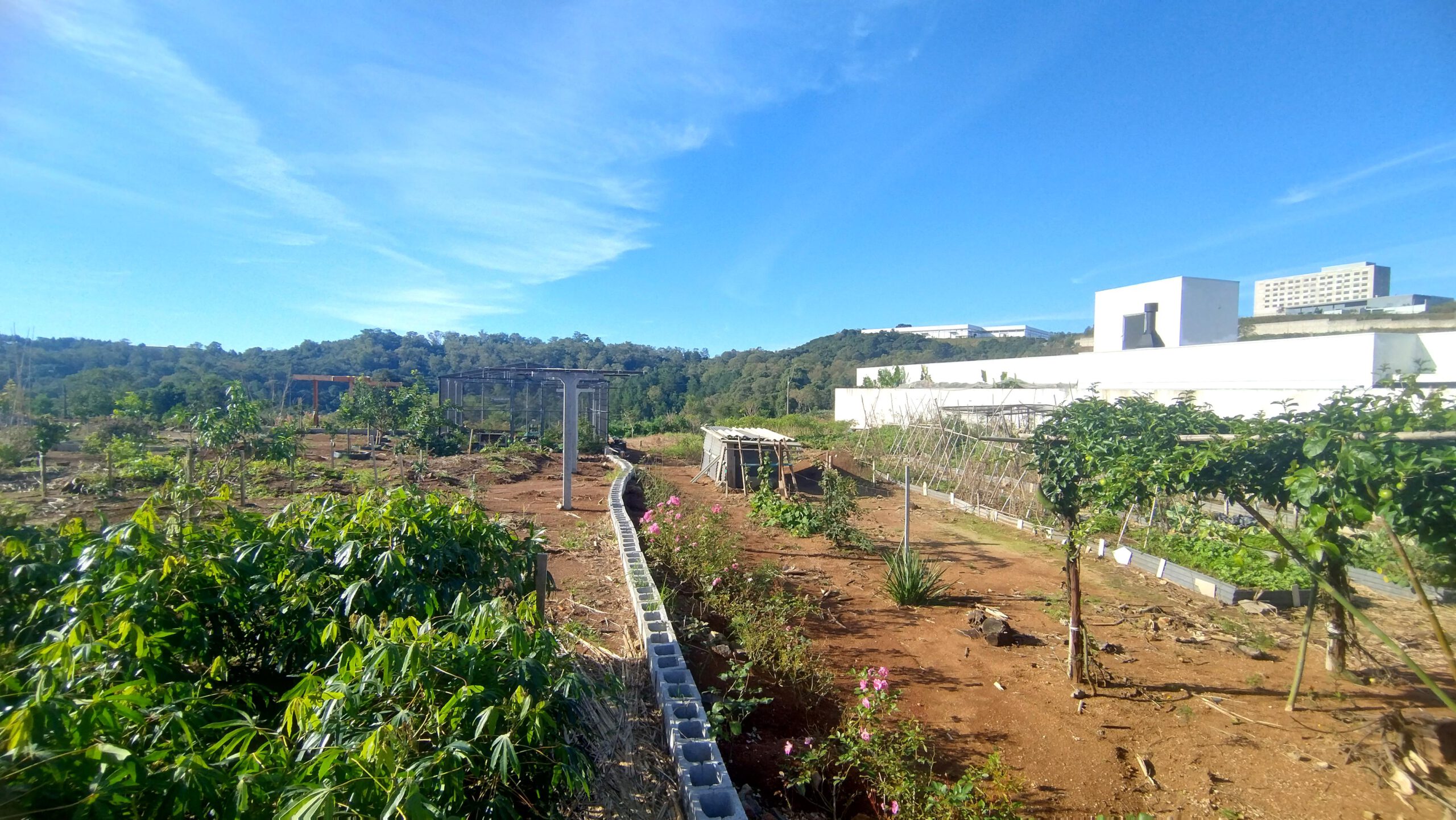
In drought-prone California, a unique partnership emerged between farmers and urban communities, focusing on water conservation as a shared goal. This collaboration led to farmers embracing precision irrigation technologies, which minimize waste by ensuring that crops receive only the water they need. In parallel, urban residents were motivated to cut back on their water use, inspired by their agricultural counterparts. Together, this symbiotic relationship demonstrated that collective action and resourcefulness can alleviate the stresses of drought. Through education and mutual cooperation, both rural and urban settings adapted pragmatically to the harsh realities of water scarcity. This collaboration not only eased the immediate pressures of drought but also sowed seeds for harmonious coexistence between contrasting lifestyles.
Kenyan Women Leading the Way
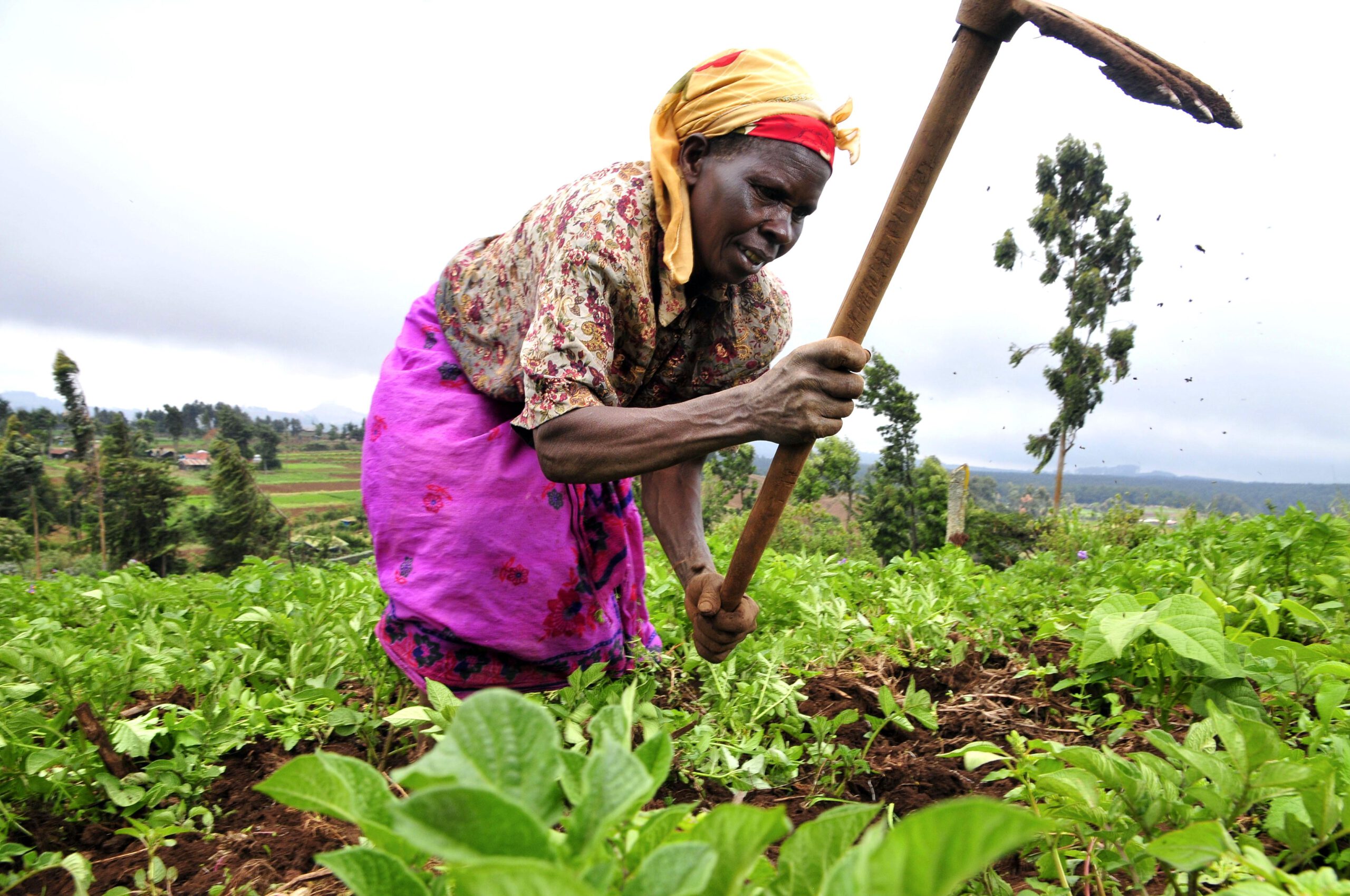
In the arid landscapes of Kenya, a group of determined women farmers formed cooperatives to combat the challenging effects of drought. By pooling their resources and knowledge, they adopted drought-resistant crops and honed water-saving techniques. United by purpose, these women have turned once-parched lands into thriving agricultural areas, empowering their families and communities in the process. Their success has shed light on the vital role women play in sustainable agricultural development. By fostering a collaborative spirit and utilizing innovative approaches, these farmers have cultivated a support system that lifts entire communities. Their story is one of resilience, demonstrating how nurturing leadership can blossom into widespread progress.
The Solar-Powered Farmer in Pakistan
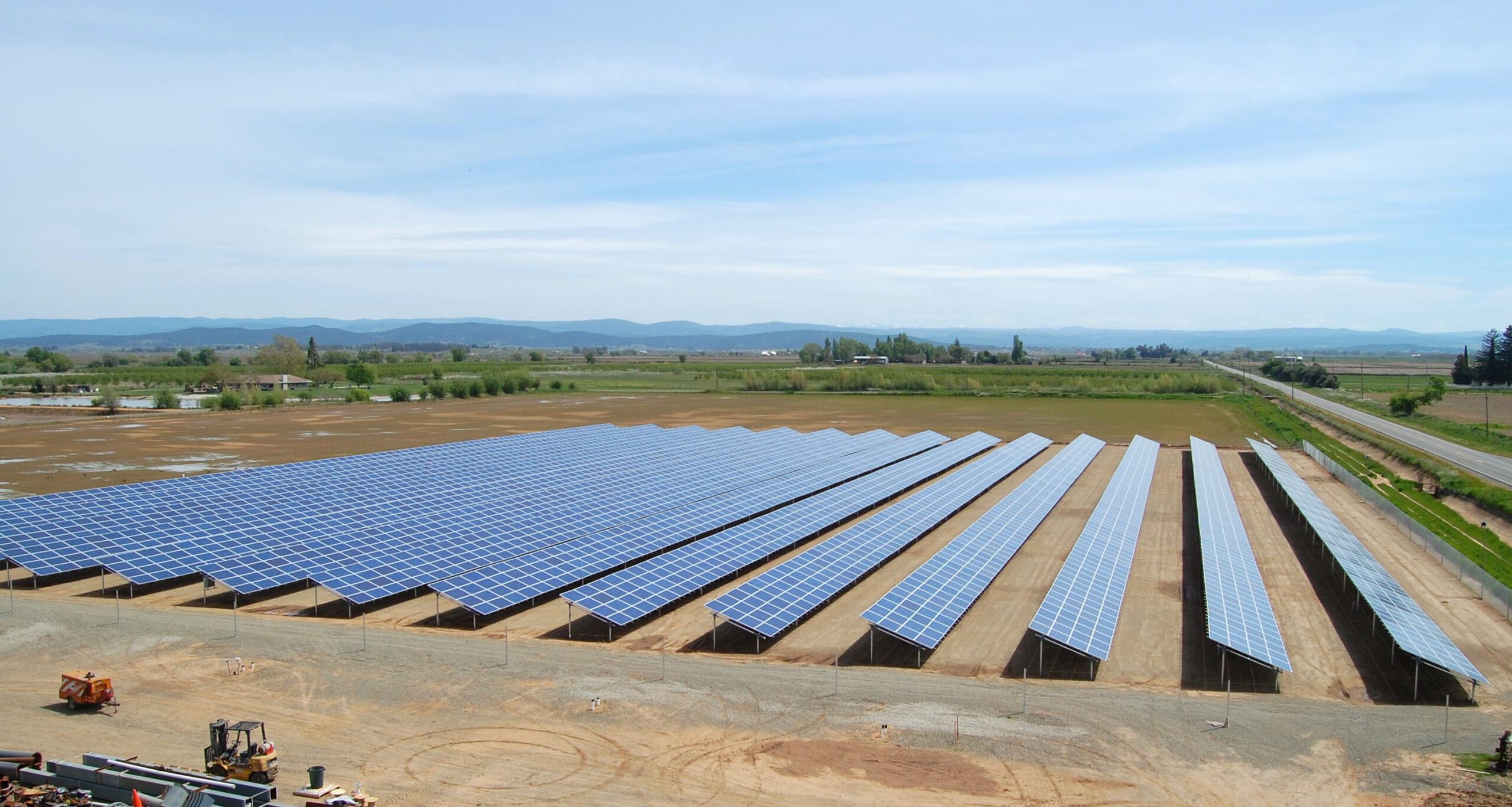
Amidst a severe water crisis, Pakistani farmer Abdul Ghaffar innovated by integrating solar-powered pumps to irrigate his fields. This technology offered a sustainable and cost-effective alternative, allowing him to cultivate vegetables throughout the year. The use of solar power not only reduced dependency on traditional, resource-intensive water systems but also showcased the potential of renewable energy in agriculture. Ghaffar’s pioneering efforts have set a benchmark for neighboring farmers, emphasizing the importance of modernization and adaptation in agriculture. His journey highlights how embracing clean energy solutions can not only mitigate immediate hardships but also pave the way for long-term sustainability in farming practices.
